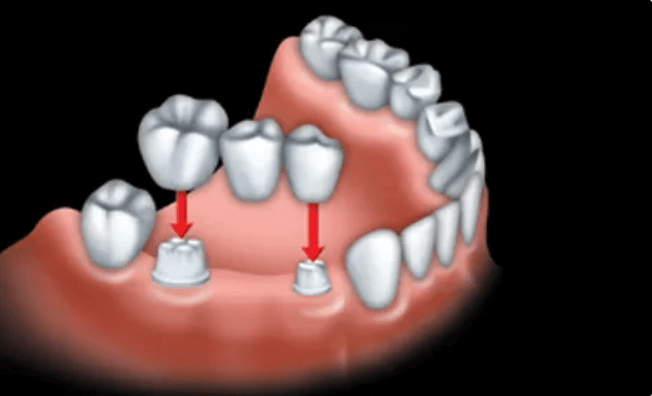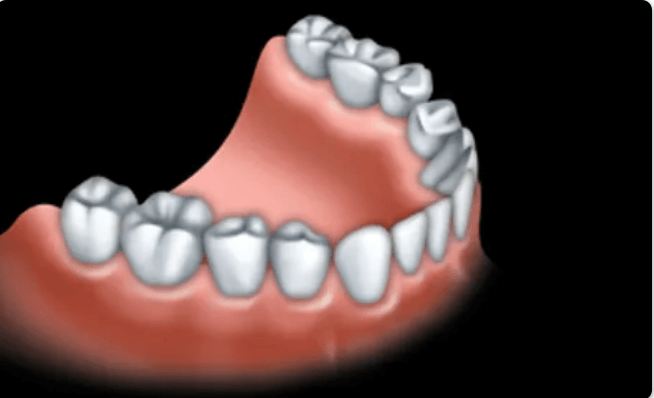Bridges in Maple Ridge - Replacing Missing Teeth
The best teeth are your own natural teeth. But sometimes, a tooth is badly damaged or lost. If a tooth is lost, it is important to replace it with an artificial tooth as soon as possible. This will prevent the teeth that are left from drifting out of line and possibly causing jaw problems. Teeth that are out of line are harder to clean and are more likely to get periodontal disease (gum disease) and cavities. If one or more of your teeth are missing, your dentist may suggest replacing your missing teeth with a bridge. If you need to have a tooth (or teeth) replaced, your dentist may do it, or he or she may refer you to a prosthodontist. A prosthodontist is a dentist who has completed a university post-graduate specialty program in prosthodontics. Prosthodontics is a specialty of dentistry that deals with restoring and replacing natural teeth and tissues with artificial substitutes.
A bridge, also called a “fixed bridge” or a “fixed dental prosthesis,” is a dental restoration that replaces one or more missing teeth. It extends across an area that has no teeth and is typically made up of an artificial tooth fused between 2 crowns. (A crown is a hollow, artificial tooth that fits over a natural tooth or a dental implant). The bridge is held firmly in place by your own teeth on each side of the missing one(s) or by dental implants. A bridge is permanent and cannot be removed.
How a bridge is done:
- If you have healthy teeth on each side of a missing tooth (or teeth), your dentist files down the 2 healthy teeth to prepare them for the bridge. If you don’t have healthy teeth or enough teeth to support a bridge, then dental implants may be surgically placed. A dental implant is an artificial root made of titanium metal that is inserted into the jawbone to replace the root of the natural tooth. The implant acts as an anchor to hold an artificial tooth or bridge in place.
- Next, your dentist makes a model of your teeth by taking impressions (molds). The model is used to custom-make the artificial tooth (or teeth) and 2 crowns as one piece. This piece is called a bridge.
- Meanwhile your dentist places a temporary bridge in your mouth to protect the exposed teeth and gums.
- During your second visit, your dentist removes the temporary bridge and places the custom made bridge in your mouth. The crowns are either cemented to your 2 healthy teeth or attached to your dental implants on each side of the missing tooth (or teeth).






